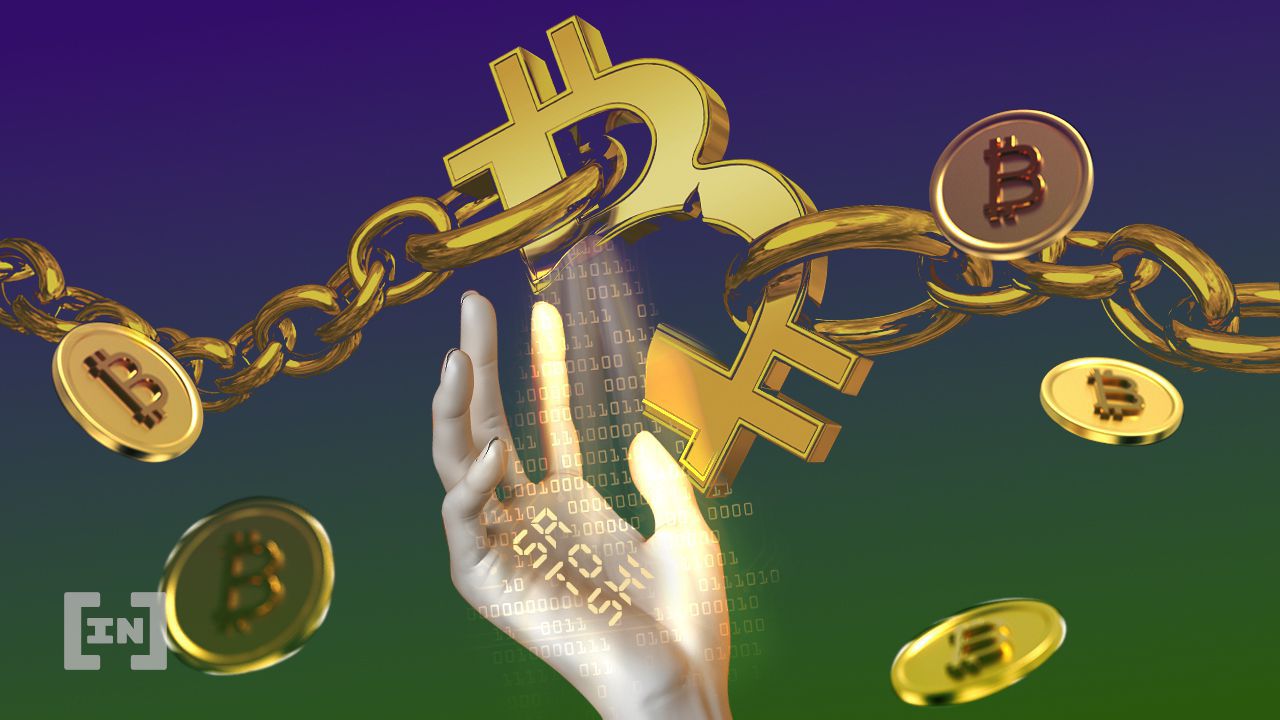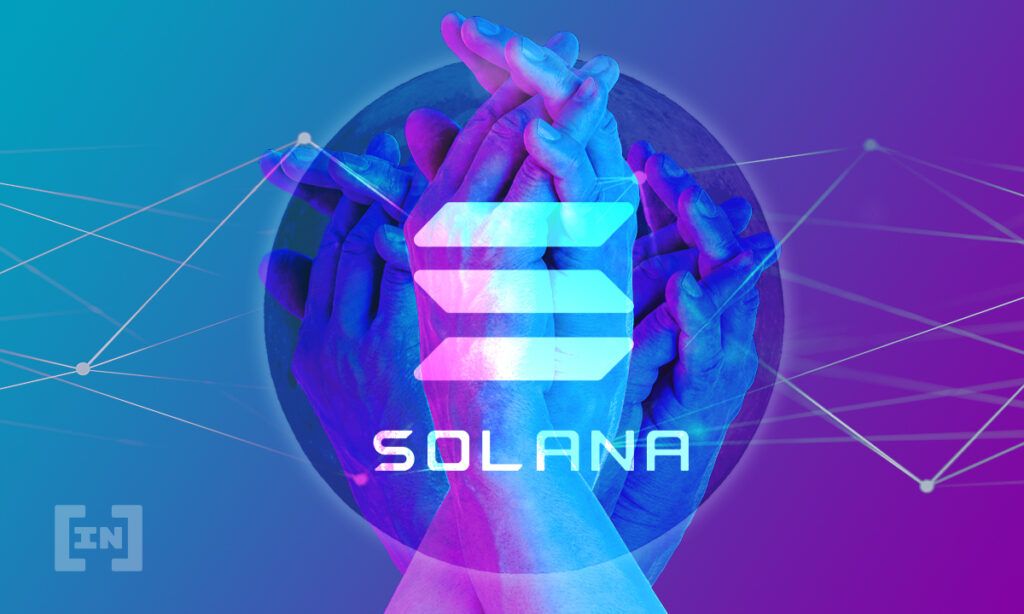
Solana and Cardano: Umbrella Network continues to expand
- Coin News
- May 15, 2022
Umbrella Network is implementing its Oracle with Solana into another blockchain. More chains are to follow in the future. Together with John and Austin, we will explain to you how you can imagine an Oracle and what this means for further development in the cryptospace.
“Suppose some farmers in America have protected their fields from environmental damage with insurance. Now it is actually the case that a storm destroys the entire harvest and the farmers are left without income. This is exactly where our Oracle comes in.”
John Chen, CEO of Umbrella Network, together with Austin Federa, Head of Communications at Solana, explains how oracles could help us to live a better life in the future. Smart contracts and oracles need each other. A smart contract on the blockchain is a program that performs certain functions. In principle, these are if – then functions.
Example:
You and I bet 1 ETH that you will read all BeInCrypto articles tomorrow. I think you are not so interested in our articles and bet against it. For this, we both pay 1 ETH each into a pool. IF you really read all BeInCrypto articles tomorrow, THEN you will get the entire pool paid out – so 2 ETH. Smart contracts represent the biggest advance of blockchain technology. But how does the smart contract get the information that you have read all the articles?
Whether you have really read all the articles, the smart contract answers with data from Oracle. This is the place that fetches external data from outside the blockchain. In our case, the Oracle would query the data from a third party who watched you read it. The biggest benefit of an Oracle is that it brings real data to the blockchain. A smart contract alone can’t do that.
Has Chainlink’s time expired?
“Our idea of what is possible will change. The idea of building on a network that costs almost nothing is moving us forward. In order to remain innovative in the DeFi area, we need a high range of oracles.”
Austin Federa, Head of Communications at Solana, sees the offer in the Oracle market as progress. In his opinion, it takes several providers in this area to guarantee a high level of innovation. He thinks it’s a pity that for years there were only providers on the Ethereum Virtual Machine (EVM). EVM is a kind of decentralized computer on which even smart contracts or apps are written. Ethereum, Polygon, the Binance Smart Chain or Avalanche are all EVM blockchains. EVM was developed by Ethereum itself.

Chainlink, as the best-known and largest oracle, was only available on the Ethereum chain at the beginning. Since this year, Chainlink’s offer includes almost 12 more blockchains, the number is increasing. The company already has over 1000 integrated projects, which is why the question arises, why do we actually need more oracles?
On the one hand, it is the already mentioned point of innovation. As in a usual market, there are some competitors that cover different aspects. For example, Chainlink has been criticized for the fees in the past. It happens that a query of data already costs up to $ 300. What would I get out of paying $300 if I just want to know if you’ve read all of our articles? Other protocols may offer this data cheaper or faster for some areas. By Austin Federa:
“Pyth on Solana, for example, can provide a very high amount of data, but specializes in financial data. Other Oracle are more broadly positioned.”
Umbrella Network: Solana is now followed by Cardano
“We want to be where the applications are.”
John Chen simply describes Umbrella’s goal. For him, the most important thing is to create added value for the projects. Similar to Austin, he believes that apps need to develop innovatively – for this, a cheap solution in the Oracle area is needed. Both agree that the integration of Umbrella on Solana is another step towards affordable data. ”After all, the corporate philosophy is also very similar,” jokes John.
“Umbrella stands for a massive volume of external data, which we bring to the Solana chain at incredibly low fees.”
In his opinion, it is especially important for small companies to receive a large amount of data. Data on sports betting, the weather or even financial markets will no longer be a problem with Umbrella in the future. Solana is the sixth implemented chain. After that, John tells us another secret:
Umbrella’s Oracle will implement the Cardano blockchain in the next few weeks.
But Umbrella’s vision goes much further. In the future, they want to offer an all-round solution that is independent of the respective chain. In an optimal future, it should be possible for a large number of layer 1 solutions to simply request data from Umbrella Network and then get it.
“Weather data, location data, insurance or even in-game NFT assets are probably the points where oracles are most often used. The user does not notice this at all, because it all happens in the background.”
Farmers, for example, would not even notice that an Oracle is helping them to get the money paid out by the insurance company. The Oracle can import the weather data from several independent weather stations into the blockchain. If everyone confirms that a storm has destroyed the farmers’ harvest, the smart contract would intervene. The smart contract uses the Oracle data to detect the destruction caused by the storm (if) and pays out the damage amount to all farmers affected by it (then).
Disclaimer
All information contained on our website is researched to the best of our knowledge and belief. The journalistic articles are for general information purposes only. Any action taken by the reader on the basis of the information found on our website is done exclusively at his own risk.
